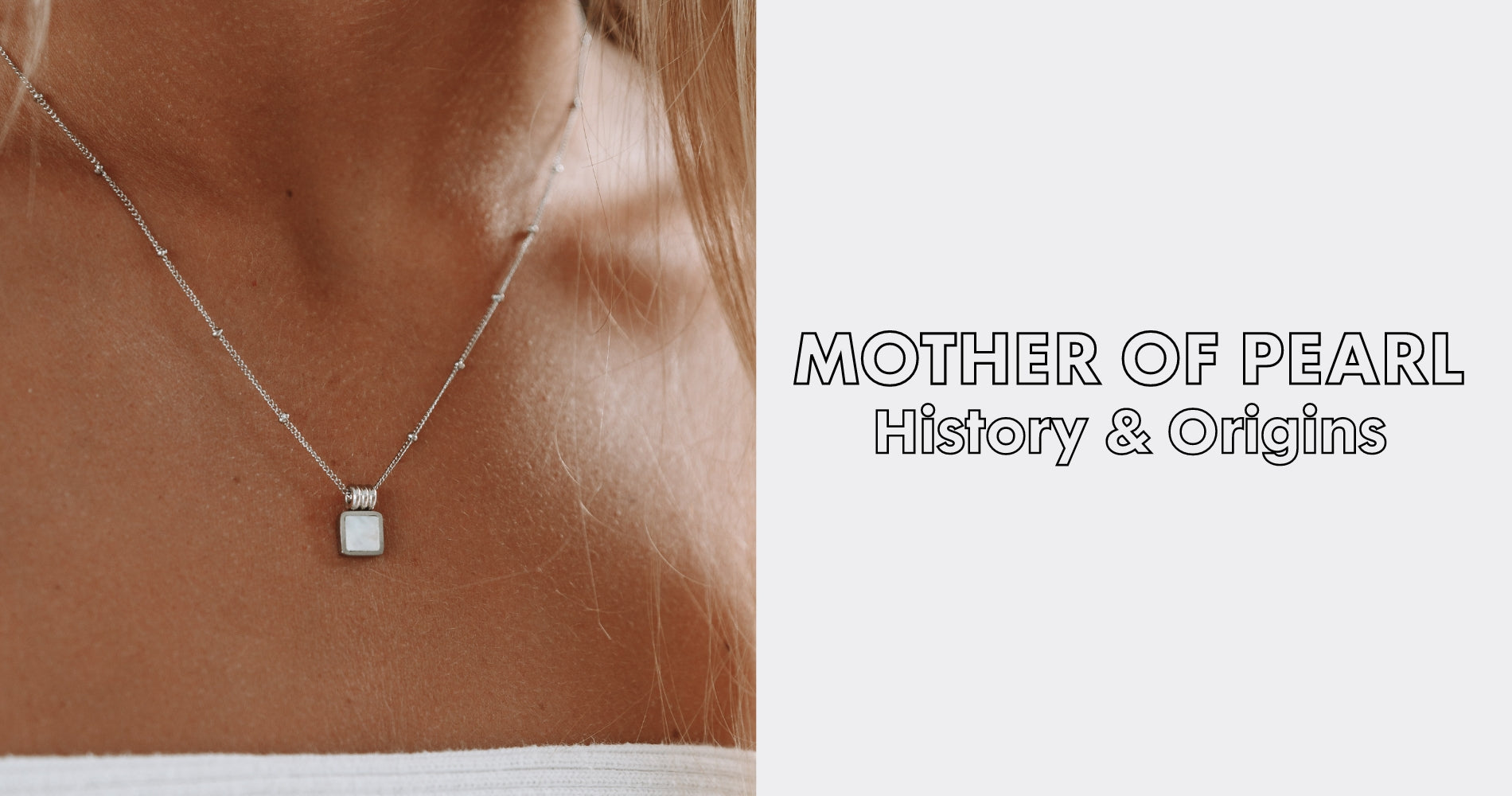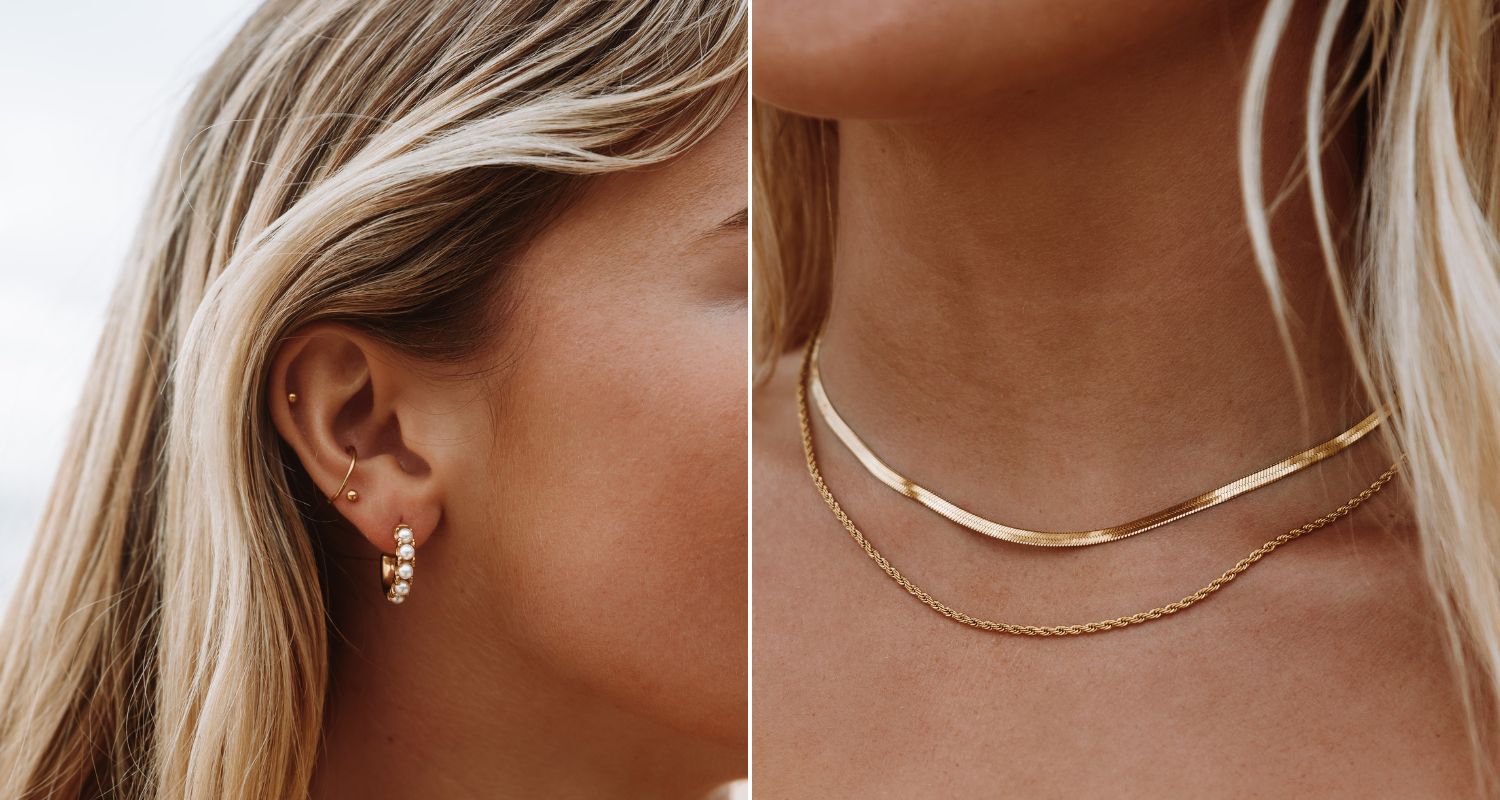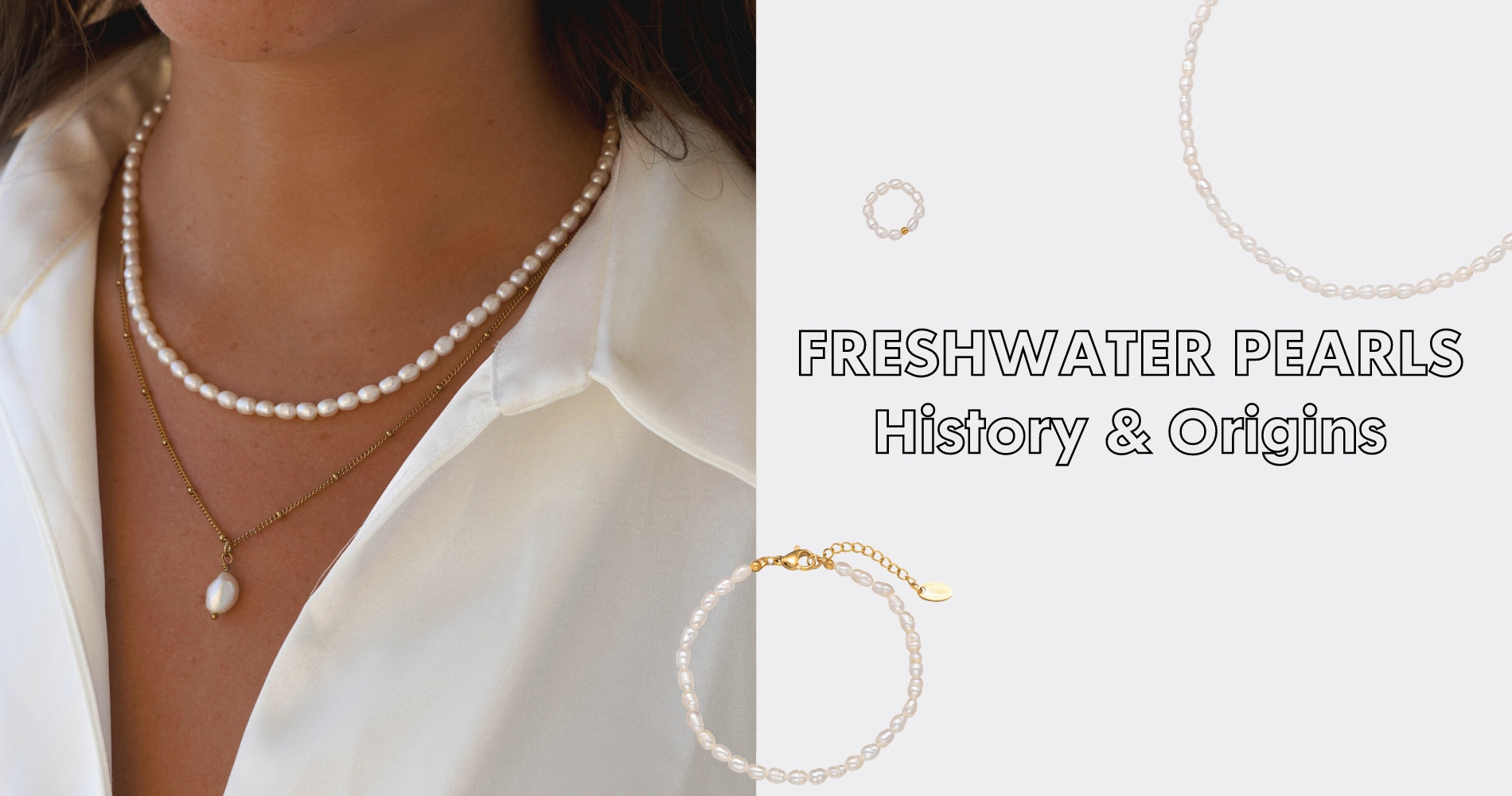
Mother of Pearl History: A Brief Overview of its Origins
Mother of pearl is a natural material that has been used for decorative purposes for centuries. It is an iridescent substance that is found inside the shells of certain mollusks, including oysters and abalone. Mother of pearl has been used in jewelry, furniture, and other decorative items for its beauty and durability.
The history of mother of pearl can be traced back to ancient civilizations, including the Egyptians, Greeks, and Romans. These cultures used mother of pearl to create intricate designs on jewelry and other decorative items. In the Middle Ages, mother of pearl was used to decorate religious objects, such as crosses and reliquaries.
During the Renaissance, mother of pearl became even more popular in Europe. It was used to decorate furniture, musical instruments, and other luxury items. In the 19th century, the invention of the button-making machine led to a surge in demand for mother of pearl buttons, which were used on clothing and accessories. Today, mother of pearl continues to be used in a variety of decorative applications, from jewelry to home decor.
What is Mother of Pearl?
Mother of Pearl is a material that has been used for centuries in decorative arts and jewelry. It is a hard, iridescent substance that forms the inner layer of the shells of certain mollusks, such as oysters and abalone. Mother of Pearl is also known as nacre, and it has been highly valued for its beauty and durability for thousands of years.
The formation of Mother of Pearl is a natural process that occurs when a mollusk secretes a substance called nacre to protect its soft tissue from irritants such as sand or parasites. Over time, these layers of nacre build up to form a smooth, lustrous surface inside the shell. The thickness and quality of the nacre layers determine the value and beauty of the Mother of Pearl.
Mother of Pearl has been used in many different cultures throughout history, from ancient Egypt to modern-day Asia. It has been used to create decorative objects, jewelry, and even musical instruments. In some cultures, Mother of Pearl is believed to have healing properties and is used in traditional medicine.
History of Mother of Pearl
Mother of pearl, also known as nacre, has been prized for its beauty and durability for thousands of years. The use of mother of pearl in jewelry and decorative objects can be traced back to ancient civilizations such as the Egyptians, Greeks, and Romans.
However, it was during the Ming dynasty in China (1368-1644) that mother of pearl became widely used in decorative arts. The Chinese artisans were particularly skilled in carving intricate designs into the material, which was often used to embellish furniture, screens, and other objects.
During the 18th and 19th centuries, mother of pearl was a popular material for inlay work in furniture and musical instruments. It was also used to create buttons, snuff boxes, and other small decorative items.
Today, mother of pearl is still highly valued for its iridescent luster and durability. It is used in a variety of applications, from jewelry and watches to furniture and architectural elements. In addition, modern technology has allowed for the production of cultured pearls, which are grown in oyster farms and used in jewelry and other decorative items.
Cultural Significance of Mother of Pearl
Mother of pearl has been prized for its iridescence, durability, and beauty for thousands of years. It has been used for decorative purposes, as well as for practical applications such as inlay work, buttons, and jewelry. However, mother of pearl also holds cultural significance in many parts of the world.
In Chinese culture, mother of pearl is associated with good luck and prosperity. It is often used in jewelry and decorative objects, and is believed to bring harmony to relationships and attract wealth and success.
In Islamic culture, mother of pearl is highly valued for its purity and is often used to decorate religious objects such as prayer beads and Qur'an covers. It is also used in architecture, particularly in the elaborate decoration of mosques and palaces.
In Native American cultures, mother of pearl is often used in traditional jewelry and adornments. It is believed to symbolize the moon and is associated with femininity, intuition, and emotional balance.
Overall, the cultural significance of mother of pearl varies greatly depending on the region and context in which it is used. However, its beauty and durability have made it a valued material throughout history, and it continues to be an important part of many cultures today.
Mother of Pearl in Art and Fashion
Mother of pearl has been used in art and fashion for centuries, prized for its iridescent, shimmering beauty. In ancient China, mother of pearl was used to create intricate carvings and inlays for furniture and decorative objects. It was also used to adorn clothing and accessories, such as hairpins and combs.
During the Renaissance, mother of pearl became popular in Europe for its use in jewelry. It was often combined with precious metals and gemstones to create intricate, ornate designs. The Baroque period saw a resurgence in the use of mother of pearl, with artists and craftsmen using it to create elaborate religious art and decorative objects.
In the 19th century, mother of pearl became a popular material for buttons and other fashion accessories. It was also used in the production of musical instruments, such as the keys of pianos and organs.
Today, mother of pearl continues to be used in both art and fashion. It is often used in jewelry, particularly in the creation of pearl necklaces and earrings. It is also used in the production of watches, with many luxury watchmakers incorporating mother of pearl dials into their designs. In addition, mother of pearl is used in the creation of decorative objects, such as picture frames and boxes.
Overall, the shimmering beauty of mother of pearl has made it a popular material in art and fashion throughout history, and its popularity continues to endure today.
Mother of Pearl in Modern Times
Despite the long history of mother of pearl, it remains a popular and valuable material in modern times. Here are some examples of how it is used today:
- Jewelry: Mother of pearl is commonly used in jewelry, especially for earrings, necklaces, and bracelets. Its iridescent quality adds a unique touch to any piece.
- Watches: Many luxury watch brands use mother of pearl for the dials of their watches. The material is durable and adds a touch of elegance to the timepiece.
- Furniture: Mother of pearl can be used to create intricate designs on furniture, such as inlays on tables or cabinets. It adds a touch of luxury and sophistication to any room.
- Buttons: Mother of pearl buttons are a classic choice for dress shirts and blouses. They are durable and have a subtle shine that adds to the overall look of the garment.
Despite its popularity, it is important to note that mother of pearl is a finite resource and should be used responsibly. Many companies are now using alternative materials that mimic the look of mother of pearl to reduce the demand for the real thing.
Overall, mother of pearl has a rich history and continues to be a valuable material in modern times. Its unique qualities make it a popular choice for a variety of uses.
Conclusion
Mother of pearl has a rich and fascinating history that spans centuries. From its early use in ancient China to its popularity in the Victorian era, this material has been prized for its beauty, durability, and versatility. Whether used to adorn jewelry, furniture, or musical instruments, mother of pearl has always been a symbol of luxury and sophistication.
While mother of pearl is still used today, it is no longer as prevalent as it once was. This is due in part to the decline of traditional crafts such as inlay and marquetry, as well as the availability of cheaper, synthetic alternatives. However, there is still a demand for authentic mother of pearl, particularly in high-end jewelry and decorative arts.
As we move further into the 21st century, it will be interesting to see how the use of mother of pearl evolves. Will it continue to be a niche material, reserved for the most exclusive and expensive pieces? Or will it experience a resurgence in popularity, as consumers seek out natural, sustainable materials with a rich history and timeless appeal?





















Leave a comment
This site is protected by hCaptcha and the hCaptcha Privacy Policy and Terms of Service apply.